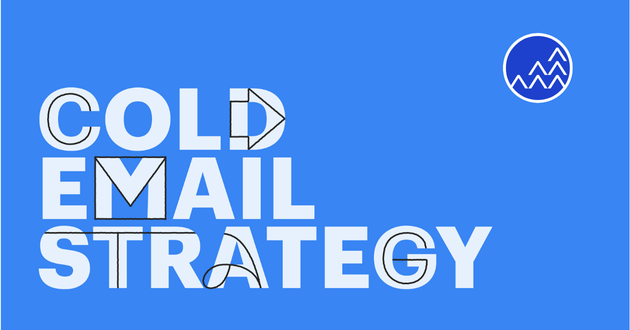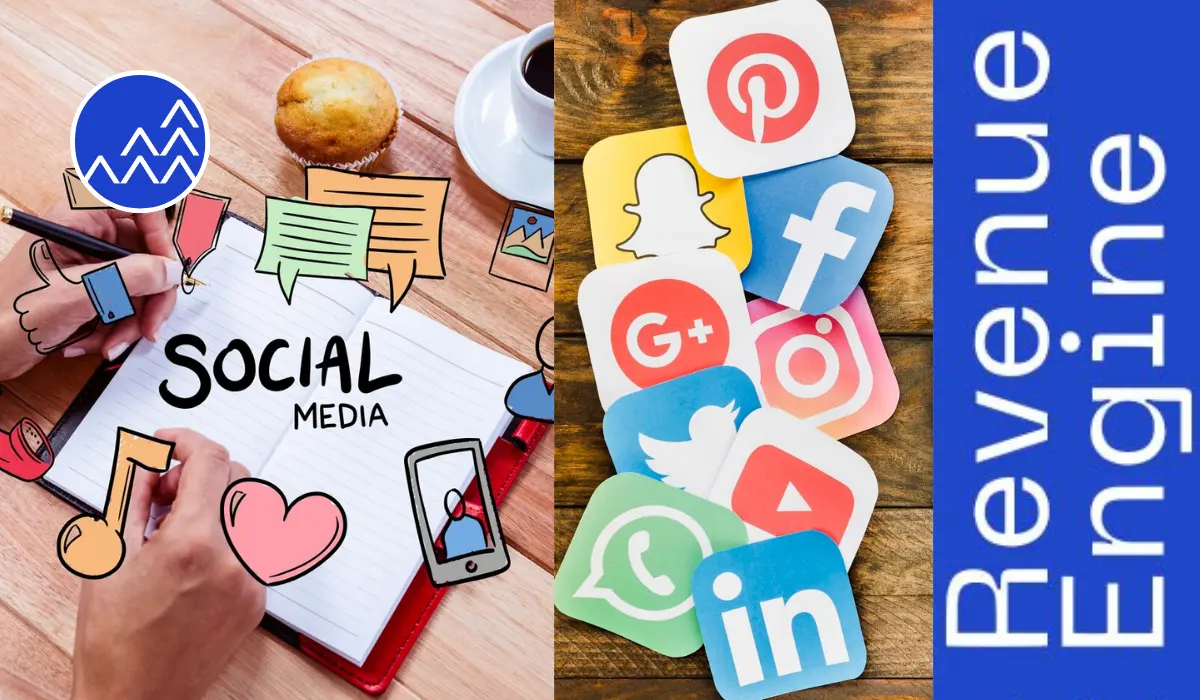Cold emailing remains one of the most cost-effective ways to reach potential customers and drive revenue growth. When executed correctly, a well-crafted cold email campaign can generate significant ROI. In this blog, we’ll explore key strategies to enhance your cold email efforts, ensuring you achieve the highest possible return on investment.
Understand Your Target Audience
Before you hit the send button, it’s crucial to have a deep understanding of your target audience. Research their pain points, preferences, and industry challenges. This information will allow you to tailor your message to address their specific needs, making your email more relevant and engaging.
Segment Your List
Divide your email list into segments based on factors such as industry, company size, or job role. This enables you to send more personalized and targeted messages.
Build Buyer Personas
Create detailed buyer personas that reflect your ideal customers. Use these personas to guide your email content and approach.
Craft Compelling Subject Lines
The subject line is the first impression your email makes, and it plays a crucial role in determining whether your email will be opened. To make your subject lines more effective:
- Be Clear and Concise: Ensure your subject line clearly conveys the value of your email in a few words.
- Create a Sense of Urgency: Use time-sensitive language to encourage recipients to open your email promptly.
- Personalize When Possible: Including the recipient’s name or company in the subject line can increase open rates.
Write Engaging Email Content
Once your email is opened, the content must capture the recipient’s attention quickly. Follow these tips to craft engaging content:
- Start with a Strong Hook: Begin your email with a compelling opening that addresses the recipient’s pain point or interest.
- Keep it Concise: Aim for brevity while delivering your message. Busy professionals are more likely to engage with emails that get to the point.
- Include a Clear Call to Action (CTA): Your email should have a specific CTA that guides the recipient on what to do next, whether it’s scheduling a call or visiting your website.
Use Social Proof
Incorporating social proof into your cold emails can build credibility and trust with your recipients. Consider including:
- Case Studies: Share brief case studies that highlight successful outcomes for similar clients.
- Testimonials: Include quotes from satisfied customers to reinforce your email’s message.
A/B Test Your Emails
To optimize your cold email campaigns, regularly test different elements of your emails to see what resonates best with your audience. Key areas to test include:
- Subject Lines: Experiment with different phrasing and formats.
- Email Copy: Test various versions of your email content to determine what drives better engagement.
- CTAs: Evaluate which calls to action generate the most responses.
Monitor and Analyze Results
To ensure your cold email strategies are yielding the desired ROI, it’s essential to monitor and analyze your campaign performance. Track metrics such as:
- Open Rates: Indicates how effective your subject lines are.
- Click-Through Rates (CTR): Shows how engaging your email content is.
- Response Rates: Measures how well your email prompts recipients to take action.
Use these insights to refine your approach and make data-driven decisions for future campaigns.
Follow Up Strategically
Following up with recipients who haven’t responded to your initial email is crucial for maximizing ROI. Be strategic in your follow-ups:
- Timing: Allow sufficient time between follow-ups to avoid coming across as pushy.
- Value Addition: Provide additional value or new information in your follow-up emails to increase the likelihood of a response.
FAQs!
Q. What is the best way to personalize cold emails?
Personalize cold emails by addressing the recipient by name, referencing their company or industry, and mentioning specific pain points or challenges relevant to them. This shows that you’ve done your homework and are genuinely interested in providing a solution.
Q. How many follow-up emails should I send?
Typically, sending 2-3 follow-up emails is effective. Space them out over a few weeks and ensure each follow-up adds value or new information to maintain interest and increase your chances of a response.
Q. How can I measure the success of my cold email campaign?
Measure success by tracking metrics such as open rates, click-through rates, and response rates. Analyzing these metrics will help you assess the effectiveness of your email content and strategy.
Q. What are some common mistakes to avoid in cold emailing?
Common mistakes include sending generic emails, failing to personalize content, neglecting to include a clear CTA, and not following up effectively. Avoiding these pitfalls will improve your campaign’s effectiveness and ROI.








